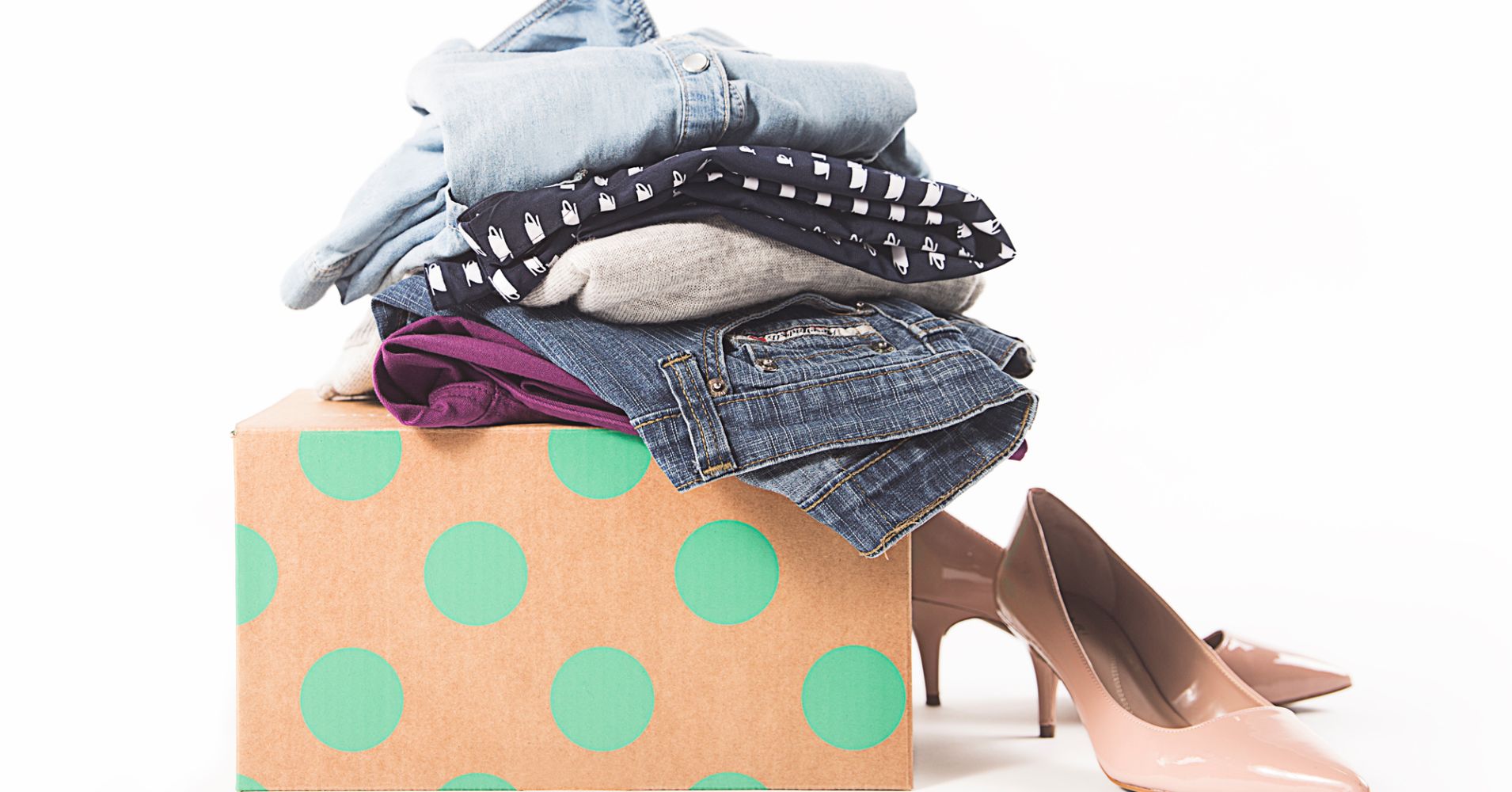
Apparel retailers such as Zara and H&M dominate the world of fast fashion, with Zara owner Inditex making 3.44 billion euros ($3.9 billion) in profit in 2018.
But along with competition from online shoppers (web sales at Inditex made up 12 percent of total sales, versus a U.S. average of 27 percent), consumers’ desire for brand-new clothing may be waning.
People are set to invest in used fashion over new clothes, according to a report published Tuesday. The second hand apparel market was worth $24 billion in the U.S. in 2018, versus $35 billion for fast-fashion, say the figures from online store thredUP and retail analytics firm GlobalData released on Tuesday.
However, by 2028 the used-fashion market is set to skyrocket in value to $64 billion in the U.S., while fast-fashion will only reach $44 billion.
H&M and Zara have both missed earnings expectations this year. H&M’s quarterly profit fell 10 percent in the fourth-quarter, it said in January, and it blamed investment in its online business plus competition from Zara, Primark and ASOS. Last week, Inditex reported a 7 percent sales growth in the first five weeks of its new financial year but analysts were skeptical. “This is less than half the rate of growth reported by Inditex just a couple of years ago and we believe it is evidence that the group’s growth profile is slowing sharply,” Morgan Stanley said in a note at the time.
Shopping for second hand clothes no longer means rummaging in thrift stores: sites such as thredUP in the U.S. and Thrift+ in the U.K. make it easy for people to buy and sell used clothing online.
“Compared to the overall apparel market, resales growth has been phenomenal,” said Neil Saunders, managing director of GlobalData, in the report, which was emailed to CNBC. “As the market uniquely meets consumers’ preference for variety, value and sustainability, we expect this high growth to continue,” he added.
By 2028, around 13 percent of the clothes in women’s closets are likely to be second hand, according to the report, up from 6 percent in 2018.
Mid-priced fashion items from chains such as Gap and J. Crew are likely to make up 14 percent of closets (down from 20 percent in 2018) while department store buys will also be squeezed from 14 percent in 2018 to 9 percent in 2028.
As sustainable fashion becomes a necessity as well as a trend, shoppers are looking to fill their closets in different ways. ThredUp said it saw an 80 percent spike in sales of its “Clean Out Kits” after tidying expert Marie Kondo’s show first aired on Netflix in January. In November, British lawmakers wrote to five websites including Amazon and ASOS asking how they ensured garment workers were paid the minimum wage and what recycled materials they used.
People aren’t just buying second hand fast fashion: there is a huge market for luxury used goods. Online start-up The RealReal sells used luxury apparel and accessories and has raised $288 million in funding. Founder and CEO Julie Wainwright said she wanted to change the perception of consignment businesses and her company now also has 9 brick-and-mortar stores in the U.S.
Items from luxury labels Burberry, Alexander McQueen and Versace are likely to attract the top resale prices in the upscale market. At the lower end, goods from Toms, Herschel and Keds are the top three in terms of second hand value.

